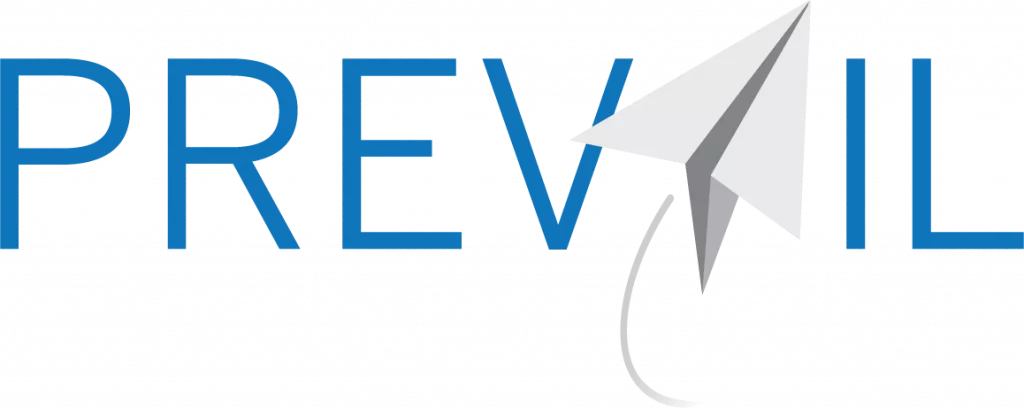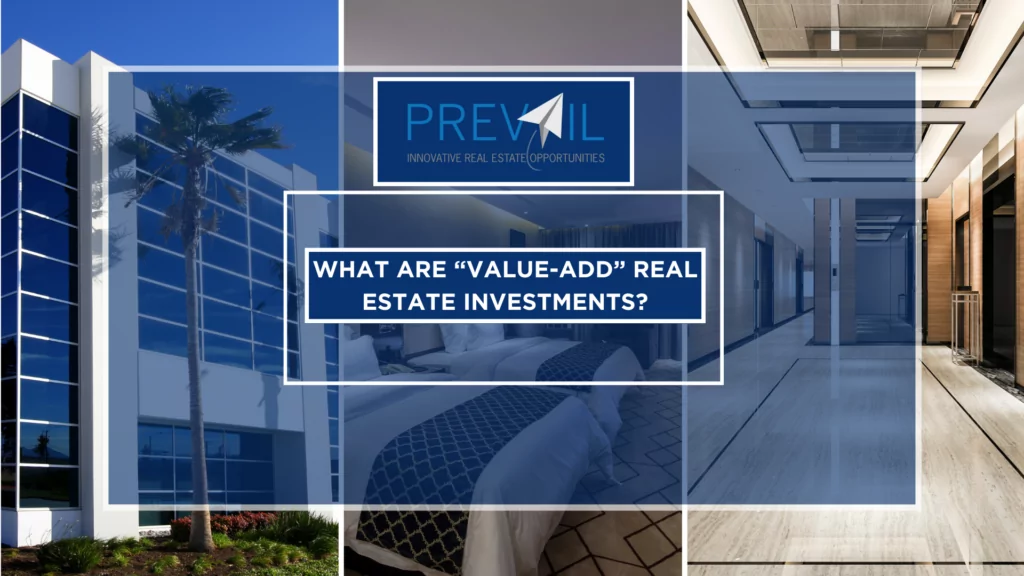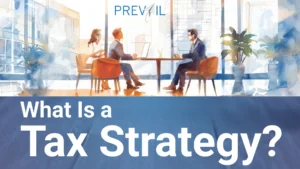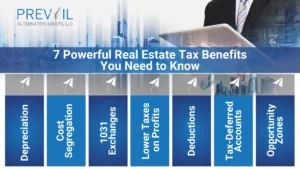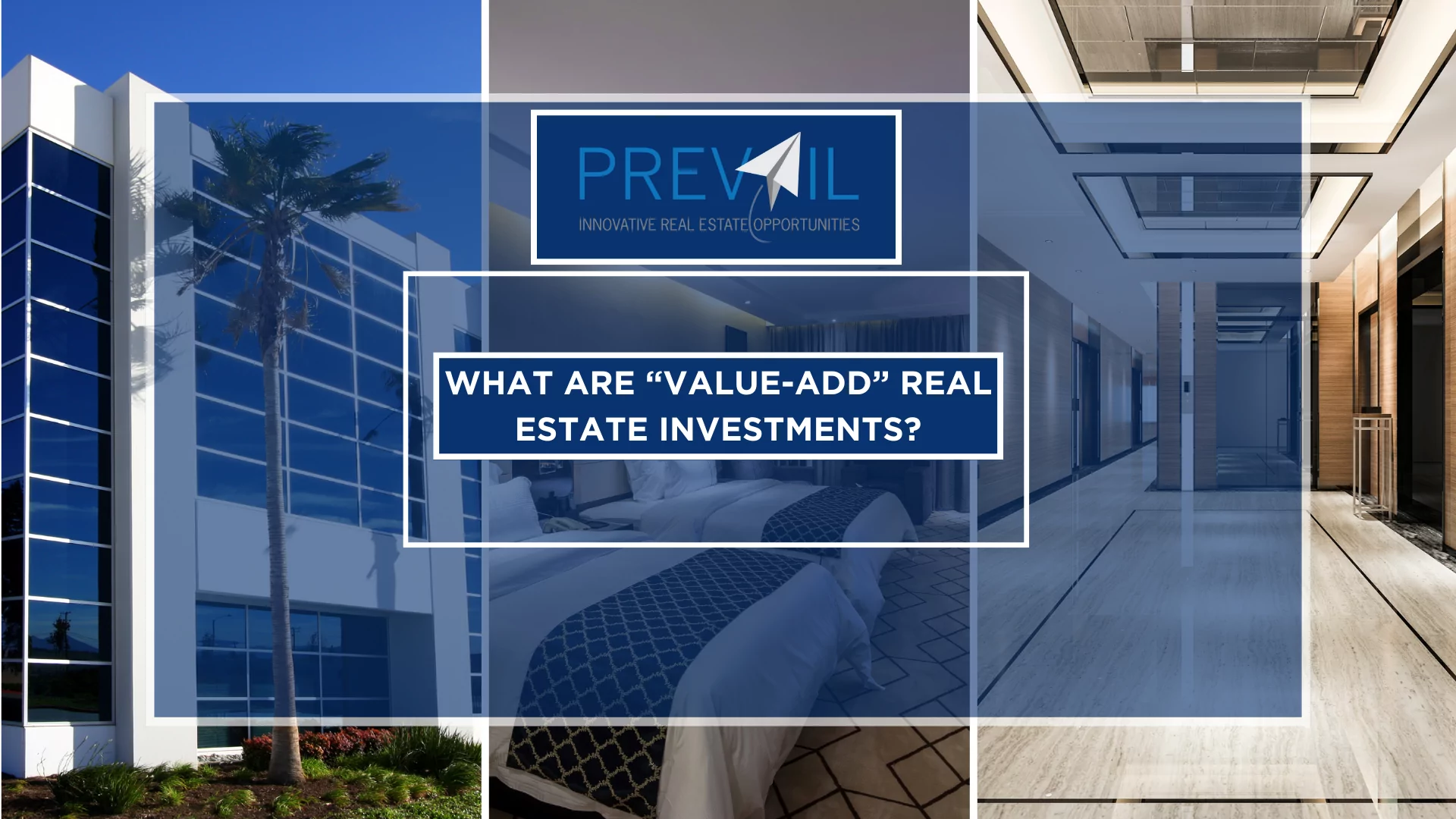Imagine spotting an old bookshelf sitting out on the curb. You pull over to check it out, and since it’s in good shape, you proceed to lug it home and give it a fresh coat of paint.
A few years later, you sell the shelf to someone else who claims to have the perfect spot for it.
You took something that had been overlooked, committed some sweat equity, and breathed new life into it. This is the essence of value-add, and it’s a commonly used strategy in real estate investing.
The Basics of Value-Add Real Estate
In the case of single-family homes, the process of buying a run-down property, remodeling it, and then selling it for profit, is commonly referred to as fix-and-flip. Your sweat equity and ability to see a diamond in the rough is rewarded monetarily, and the new owner gets an updated, move-in ready home.
Value-add multifamily real estate deals follow a similar model, but on a massive scale. Hundreds of units get renovated over years at a time instead of just one single-family home over a few months.
A great value-add property may have peeling paint, outdated appliances, or overgrown landscaping, which all affect the curb appeal and the initial impression that a potential renter will form. Simple, cosmetic upgrades can attract more qualified renters and increase the income the property produces.
In value-add properties, improvements have two goals: First, improve the unit and the community (positively impact tenants; and second increase the bottom line (positively impact the investors)
Value-Add Examples
Here are some examples of common value-add interior renovations:
- Fresh paint
- New cabinets
- New countertops
- New appliances
- New flooring
- Upgraded fixtures
Adding value to the exteriors and shared spaces often helps as well and could include:
- Fresh paint on building exteriors
- New signage
- Landscaping
- Dog parks
- Gyms
- Pools
- Clubhouse
- Playgrounds
- Covered parking
- Shared spaces (BBQ pit, picnic area, etc.)
On top of all that, adding value can also take the form of increasing efficiencies such as green initiatives, shared cable/internet and expense reductions.
The Logistics of a Multifamily Value-Add
The basic fix-and-flip of single-family homes is pretty familiar, but when it comes to hundreds of units at once, the renovation schedule and logistics aren’t as intuitive. How to renovate property while people are living there and how many units can be improved at a time is a little trickier.
When renovating a multifamily property, the vacant units are first. In a 100-unit complex, a 5% vacancy rate means there are five empty units, which is where renovations will begin.
Once those five units are complete and as each existing tenant’s lease comes due for renewal, they are offered the opportunity to move into a freshly renovated unit. Usually, tenants are more than happy with the upgraded space and happy to pay a little extra.
Once tenants vacate their old units, renovations start, and the process repeats until most or all of the units have been updated. During this process, some tenants do move away, and it’s important for projects to account for a temporary increase in vacancy rates due to turnover and new leases.
Why Value-Add Properties Can Be An Important Addition To Your Portfolio
When done well, value-add strategies benefit all parties involved. Tenants live in a more aesthetically pleasing property, with updated appliances and more attractive community space. The property can charge higher rental rates thus increasing its value, which makes investors happy too.
The property beautification process and the fact that renovated property is more attractive to tenants is probably straightforward. But let’s dive into why value-add investing is a great strategy for investors.
First, How “Yield Plays” Are Different
To fully appreciate value-add investments, we must first understand their counterparts, yield plays. In a yield play, investors buy a stabilized asset and hold it for potential future profits.
Yield plays are investments in a cash-flowing property that doesn’t need much improvement. Yield play investors hold the property for cash flow and potential market increases. Of course, there’s always the chance of experiencing a flat or down market instead.
In a yield play, everything is dependent upon the market.
Now, Let’s Get Back to Value-Adds
Value plays and yield plays are the opposite. In a value-add investment, significant work (i.e., renovations) is needed to increase the property value and those improvements carry a level of risk.
But, value-add deals also come with potential upside. By physically improving the property to increase its value, value-add investors don’t just hold the asset hoping for market increases.
Once improved, income is increased, thus also increasing the equity value (based on how much income they generate, not on comps, like single-family homes), which allows investors much more control over the investment than in a yield play.
Of course, a hybrid yield + value-add investment is ideal. The asset is improved while the market increases. Investors control the value-add renovation and the market growth adds appreciation.
However, there are risks associated with any value-add deal.
Value-Add Investment Risk and How to Mitigate
Common risks include not hitting targeted rent increases, lags in renovation schedules, higher occupancy rates or improvements costing more than anticipated.
When evaluating deals as potential investments, look for sponsors prioritize preserving capital and have risk mitigation strategies in place including:
- Conservative underwriting
- Proven business model
- Experienced team, particularly the project management team
- Multiple exit strategies
- Funding renovations upfront, rather than through cash flow
Value-add investments can be powerful vehicles of wealth, but they also come with serious risks. This is why risk mitigation strategies are important – to protect investor capital at all costs.
Recap and Takeaways
No investment is risk-free. However, when something, despite its risks, provides great benefits to the community and investors, it may be quite attractive.
Properly leveraging investor capital in a value-add investment allows big improvements in the property, thereby creating a cleaner, safer place to live and make tenants happier.
Because the sponsor controls the scope and timing of renovations rather than relying solely on market appreciation, there are more options to safeguarding capital and maximizing returns for investors.
Prevail Innovative Real Estate Opportunities, LLC., (PREO) is affiliated with Prevail Wealth Advisors, LLC (Prevail IWA) and Prevail Strategies LLC., because they are under common ownership and control. PREO was formed to provide real estate investment opportunities for high-net-worth investors looking for diversification. Prevail Wealth Advisors, LLC., is a federal registered investment advisor. Registration with any securities authority is not an endorsement of the services offered by the investment adviser. Fixed insurance products and services are offered through Prevail Strategies, LLC., a licensed insurance agency. Any investment by a Prevail IWA client into a PREO-sponsored real estate investment would be without the involvement of Prevail IWA and should not be seen as a recommendation by Prevail IWA. Additionally, Prevail IWA clients should realize that any capital they invest in a PREO-sponsored real estate investment would be completely outside of their advisory relationship with Prevail IWA and not part of their Prevail IWA account going forward. Finally, there are material differences between the type of investments PREO may offer and the investments on which Prevail IWA provides advice in terms of risk profile and liquidity, and the compensation PREO earns from a real estate project in which Prevail IWA clients invest may be materially different than the investment advisory fees Prevail IWA charges its clients.
An offer or solicitation to acquire interests in the investment may only be made by our Private Placement Memorandum (“Memorandum”) in accordance with the terms of all applicable security laws. All information contained herein is subject to and qualified by the contents of the Memorandum. Participation in any securities offering is limited to Accredited investors. Please call to obtain a copy. You must read it before investing. Past Performance is no guarantee of future results. An Offer to buy or sell any security is only made by our Private Placement Memorandum. Prevail Real Estate Opportunities, LLC., Prevail Innovative Wealth Advisors, LLC., and Prevail Strategies LLC., do not provide tax or legal advice. You should ask your CPA or tax professionals for decisions involving tax implications present and future.
This is not an offer to sell securities. This article should be construed as informational and not as an advertisement soliciting for any particular purpose.
